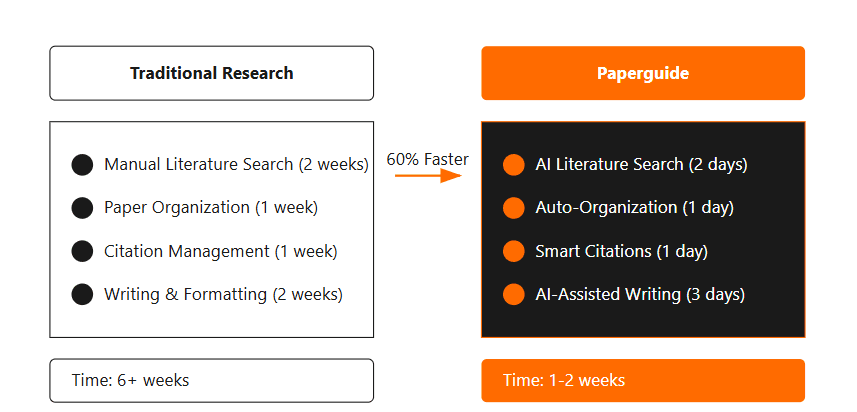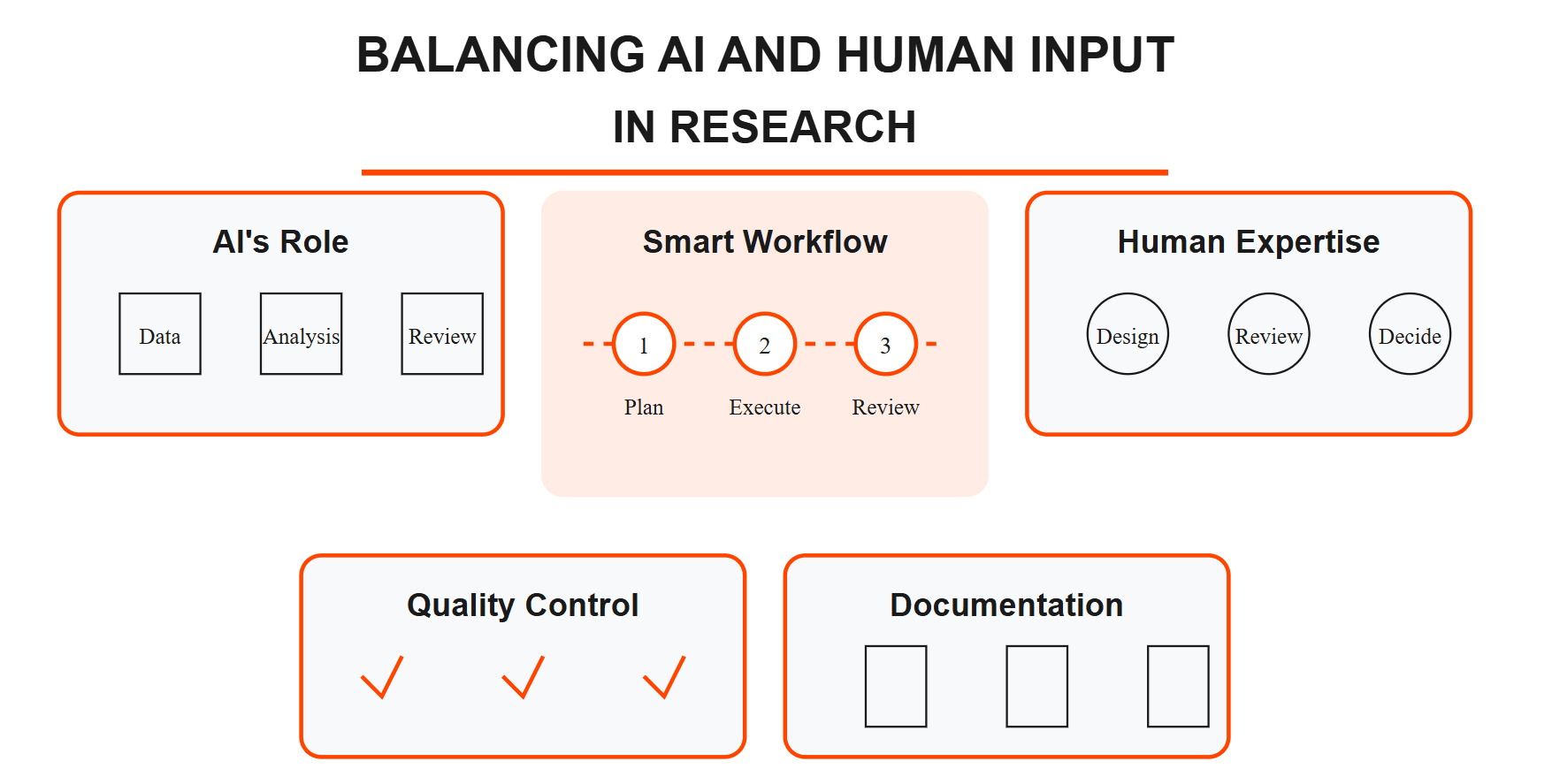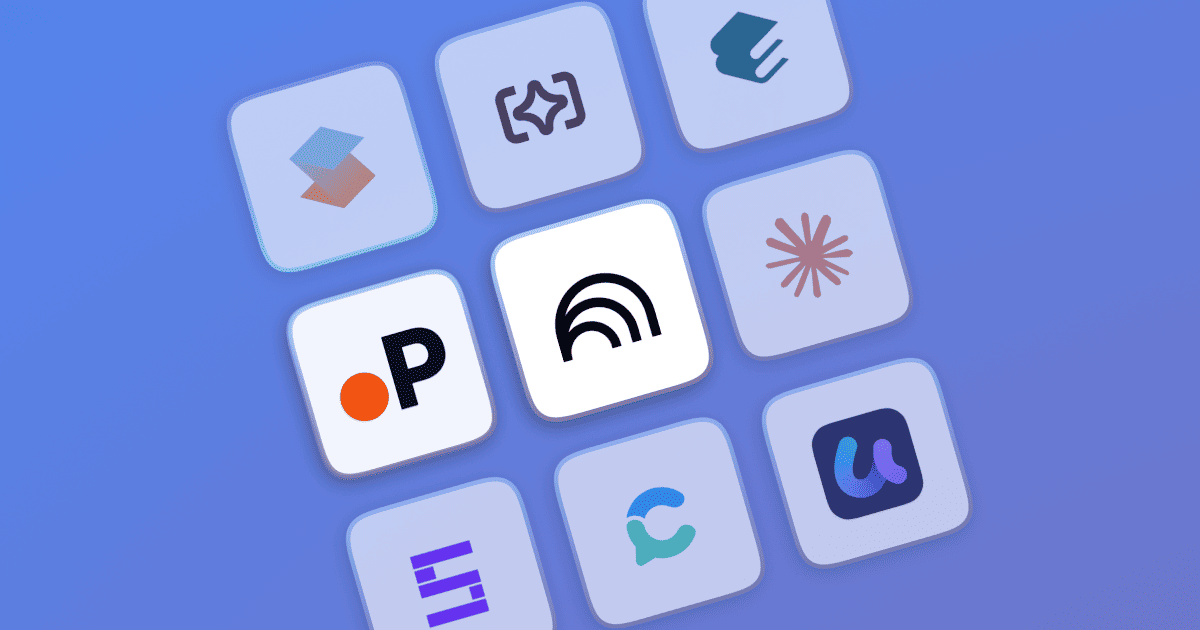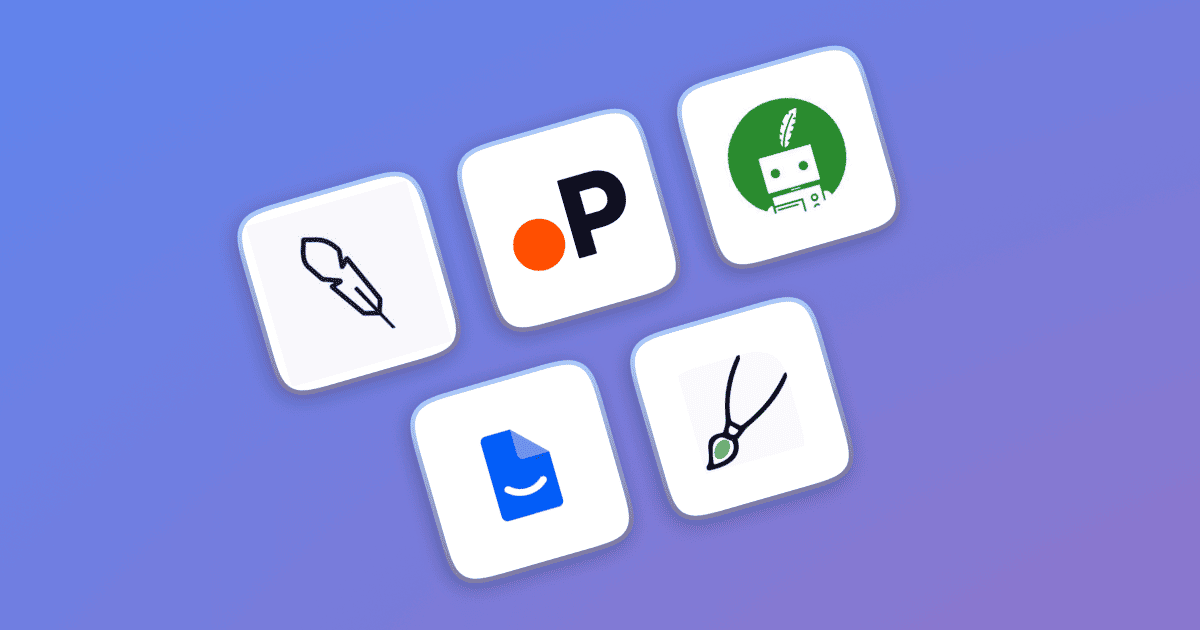Balancing AI and Human Input: Best Practices for Researchers [2026]
![Balancing AI and Human Input: Best Practices for Researchers [2024]](/content/images/size/w1200/2025/02/DALL-E-2025-02-04-21.38.19---Des.webp)
Writing research papers doesn't have to be a headache anymore. With tools like Paperguide are changing the way users conduct research with AI. Here's the thing: knowing when and how to use these AI tools is what separates good research from great research.
Why This Matters Now
AI is reshaping academic research at an unprecedented rate. According to Stanford’s 2024 AI Index Report, over 55% of research institutions are now incorporating AI tools into their workflows.[1] However, while AI can streamline tasks like data analysis and literature review, researchers face new challenges in ensuring accuracy, maintaining originality, and upholding ethical standards. This guide will help you strategically use AI without compromising on these critical aspects.
Quick Wins with Paperguide

| Research Task | How PaperGuide.AI Helps | Time Saved |
| Literature Review | Automatic paper summarization | 60% |
| Citation Management | Smart reference organization | 45% |
| Format Compliance | Instant style guide checking | 75% |
| Writing Flow | AI-powered structure suggestions | 40% |
Keeping It Human
Want to make sure your AI-assisted writing sounds natural? That's where tools like Humanize AI text comes in. It's like having a writing coach who ensures your research paper maintains that authentic human voice while leveraging AI's analytical power.
How AI is Changing Research: The Big 2024 Study
According to the Nature Index 2024 Survey [2], from 2018 to 2022, global AI research publications surged by 57%, rising from 512,136 to 803,647 publications. This growth reflects how AI is increasingly moving from specialized fields into mainstream applications in 2023, with researchers across disciplines leveraging AI to improve research efficiency and innovation.
Below is a summary table illustrating the improvements AI tools bring to research, including real examples of how these advancements translate into faster, more accurate, and more innovative outcomes.
What They Found
What Changed | How Much Better | Real Example |
| Speed | 57% faster | A 2-week research review now takes 6 days |
| Accuracy | 42% better | Like having a second pair of expert eyes |
| New Ideas | 38% more | Finding connections humans might miss |
Best Practices for Researchers

- Understanding AI's Role
- Maximizing Human Expertise
- Creating Effective Workflows
- Maintaining Quality
- Documentation Practices
- Measuring Research Impact
- Adapting for the Future
1. Understanding AI's Role
Think of AI as your research assistant. It excels at:
- Processing large amounts of data in minutes instead of weeks
- Finding patterns and connections you might miss
- Automating repetitive tasks like citation management
- Screening initial research papers for relevance
Solution for Balance: Assign AI the time-consuming tasks while you focus on interpretation.
2. Maximizing Human Expertise
Your expertise is irreplaceable when it comes to:
- Crafting meaningful research questions
- Understanding complex field-specific context
- Making ethical decisions about research direction
- Drawing meaningful conclusions from data
Solution for Balance: Lead the strategic decisions and let AI support your choices.
3. Creating Effective Workflows
Combine AI and human work smoothly by:
- Starting each day by assigning tasks to AI tools
- Reviewing AI outputs before making decisions
- Setting specific times for human analysis
- Maintaining regular checkpoints
Solution for Balance: Create a daily schedule that clearly separates AI and human tasks.
4. Maintaining Quality
Keep your research reliable through:
- Regular checks of AI-generated content
- Team reviews of important findings
- Comparing AI results with expert knowledge
- Documenting any discrepancies
Solution for Balance: Treat AI as a first draft that always needs human review.
5. Documentation Practices
Stay organized by tracking:
- Which AI tools you're using and why
- How you're validating AI results
- Important decisions and their rationale
- Changes in your research approach
Solution for Balance: Document both AI and human contributions clearly.
6. Measuring Research Impact
Track success through:
- Time saved using AI tools
- Improvement in research quality
- Feedback from peers and reviewers
- Publication success rates
Solution for Balance: Use metrics to refine how you divide work between AI and humans.
7. Adapting for the Future
Stay ahead by:
- Learning about new AI research tools
- Updating your skills regularly
- Sharing successful approaches with colleagues
- Remaining flexible in your methods
Solution for Balance: Keep learning but maintain your research expertise.
Getting Started
Begin with Paperguide for:
- Automated literature summaries
- Smart citation management
- Format compliance
- Structure suggestions
Enhance your writing with Humanize AI for:
- Natural language flow
- Clear communication
- Consistent voice
- Reader engagement
Quick Tips for Success
- Use AI for: Data processing, initial screening, routine tasks
- Use Human Expertise for: Research design, interpretation, conclusions
- Always: Review AI outputs and document your process
Conclusion
Finding the right balance between AI and human input isn't about choosing one over the other – it's about using each where they work best. Start with one task, verify results, and scale gradually. Use Paperguide for structure and Humanize AI for natural writing.
Remember: AI is your assistant, not your replacement. Keep your expertise at the center while letting AI handle the heavy lifting of data processing and routine tasks.
Note: Adjust these approaches based on your specific research needs and field requirements.





